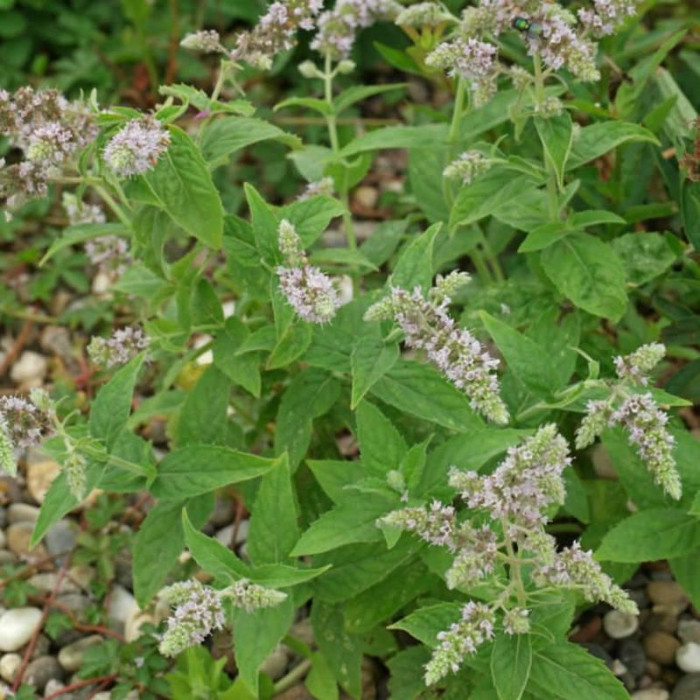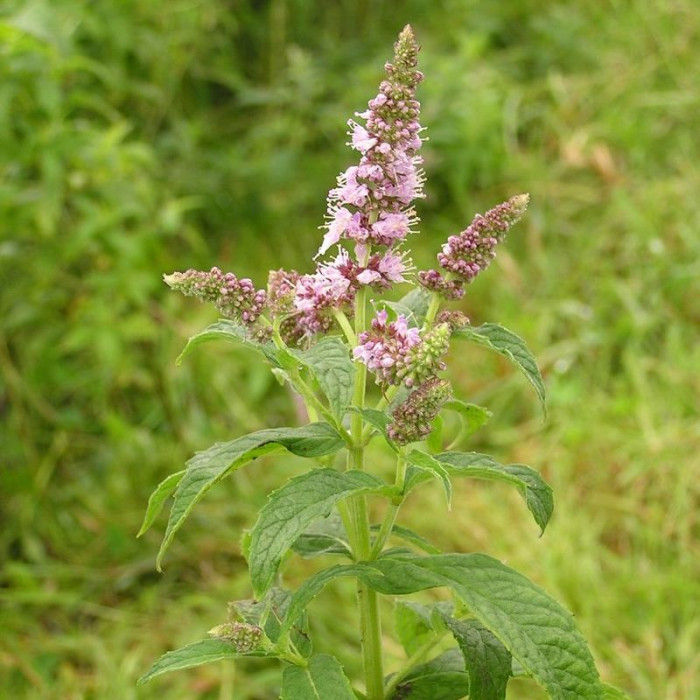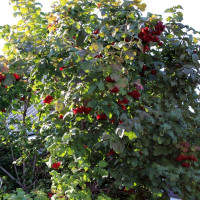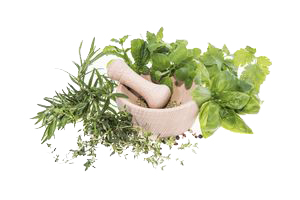Horse mint also known as fillymint or St. John's horsemint / Mentha longifolia - is a perennial herbaceous plant. Rhizomes creeping, located in the soil horizontally at a depth of 10-15 cm. Stems 110-140 cm high, branched, well leafy, tetrahedral, erect. Leaves sessile or with short petioles, ovate-lanceolate, up to 15 cm long and 2-3.5 cm wide, serrate-toothed along the edge, densely pubescent with soft hairs.
The flowers are small, pinkish-lilac or purple, collected in whorled racemose inflorescences. The fruit consists of four brown nuts. Widely distributed in the wild.
Purpose
Externally, mint infusions are used for rinsing and lotions for sore throats, toothache, periodontal disease, mouth ulcers, earache, for bathing children with rickets and scrofula. The aerial parts of fresh plants contain 0.08-0.15% ascorbic acid, 0.3-0.5% essential oil. Its greatest amount was found in the leaves before the appearance of buds. Light yellow oil with a pleasant smell, contains menthol, pulegone, menthon and carvacrol. Linalool is found in the oil of some forms.
Long-leaved mint has long been cultivated and used as a spice: before flowering - the entire aerial part, during the flowering period - only leaves. The essential oil isolated from the plant is used in the pharmaceutical, soap and perfume industries, in the confectionery and liqueur industries, and in the production of green cheese.
To increase the germination of seeds, it is necessary to carry out a temperature difference in germination conditions (for a day on a windowsill, and for a night on a battery).

No questions about this product, be the first and ask your question.










